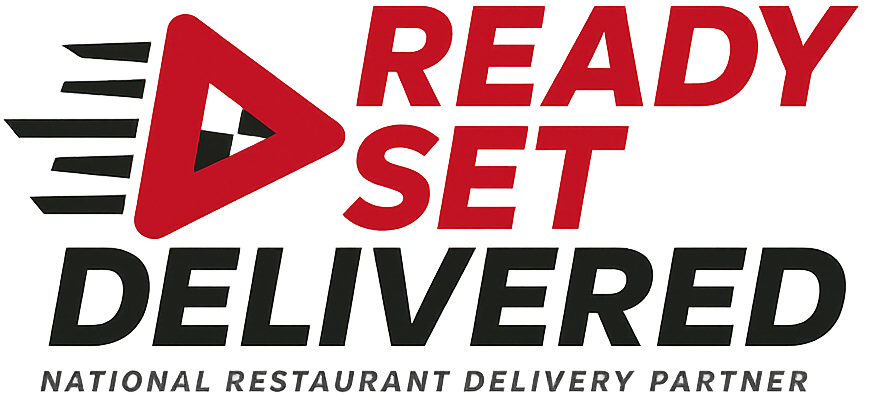Menu Engineering for Delivery: Small Edits That Raise Average Ticket Size
Your delivery menu is different from your dine-in menu. Small changes to pricing, descriptions, and item placement can significantly boost average ticket size.

Menu Engineering for Delivery: Small Edits That Raise Average Ticket Size
Your delivery menu isn't just a list of food items—it's a profit optimization tool. The way you present items, price them, and bundle them can dramatically impact your average order value. Here's how to engineer your menu for maximum delivery profit.
Why Delivery Menus Need Different Engineering
The Delivery Customer Mindset
Delivery customers think differently than dine-in customers:
The Profit Opportunity
A 10% increase in average order value can boost your delivery profit by 15-20%. For a restaurant doing $30,000 in monthly delivery sales, that's $4,500-6,000 more profit per month.
Strategic Pricing Psychology
1. The Power of $0.99
Pricing items at $9.99 instead of $10.00 can increase sales by 8-12%. The psychology is simple: $9.99 feels like $9, not $10.
Example:
2. Tiered Pricing Strategy
Create three price tiers to guide customer choices:
Value Tier ($8-12):
Premium Tier ($13-18):
Luxury Tier ($19+):
3. The Decoy Effect
Place a high-priced item next to a medium-priced item to make the medium option look like a better value.
Example:
The medium pizza becomes the "smart choice" because it's not the cheapest or most expensive.
Menu Item Placement Strategies
1. The Golden Triangle
The top-left, top-right, and center of your menu get the most attention. Place your highest-margin items in these positions.
2. Strategic Grouping
Group items that naturally go together:
Appetizer + Main Course Combos:
Family Meal Deals:
3. The Power of "Chef's Special"
Highlight 3-5 high-margin items as "Chef's Special" or "Most Popular." These items typically sell 40-60% more than similar items without the designation.
Description Optimization
1. Sensory Language
Use words that appeal to the senses:
Instead of: "Chicken sandwich" Use: "Grilled chicken breast with melted cheddar on toasted brioche"
Instead of: "French fries" Use: "Crispy golden fries seasoned with sea salt"
2. Value-Added Descriptions
Highlight what makes your food special:
3. Portion Size Emphasis
When appropriate, emphasize portion sizes:
Bundling Strategies That Work
1. The "Complete Meal" Bundle
Instead of selling items separately, create complete meal packages:
Before:
After:
2. Family-Style Bundles
Create packages for multiple people:
3. Add-On Optimization
Make add-ons irresistible:
Technology-Driven Menu Engineering
1. Dynamic Pricing
Adjust prices based on demand:
2. Personalized Recommendations
Use customer data to suggest add-ons:
3. Limited-Time Offers
Create urgency with time-sensitive deals:
Real-World Success Story
A pizza restaurant in Florida implemented these menu engineering strategies:
Before:
After (3 months):
Monthly impact:
Implementation Checklist
Week 1: Analysis
Week 2: Strategy Development
Week 3: Implementation
Week 4: Optimization
The Bottom Line
Menu engineering for delivery isn't about tricking customers—it's about presenting your food in a way that maximizes value for both you and your customers. When done right, customers get better deals, and you get higher profits.
The key is testing and measuring. Start with small changes, track the results, and gradually optimize based on what works for your specific customer base.
Want Higher Delivery Profit?
Book a quick call. We'll show you the simple changes that move the needle.
Ready to Cut Your Delivery Costs?
Fill out our simple application form and we'll show you how to reduce delivery costs by 50%+ while maintaining the same service quality.
Apply Now